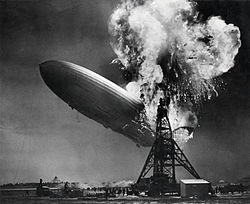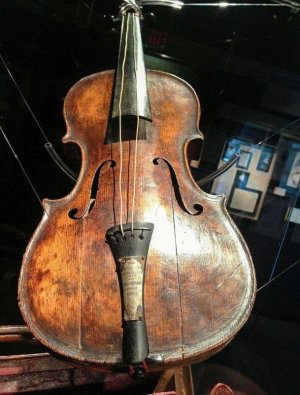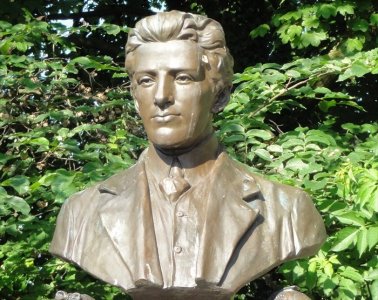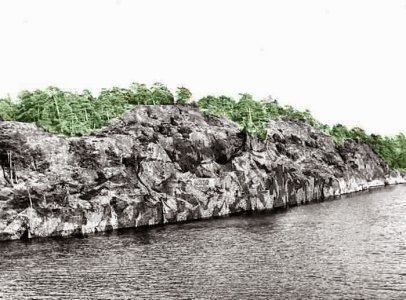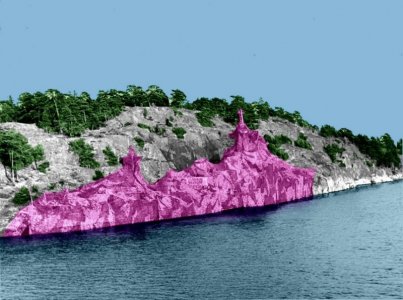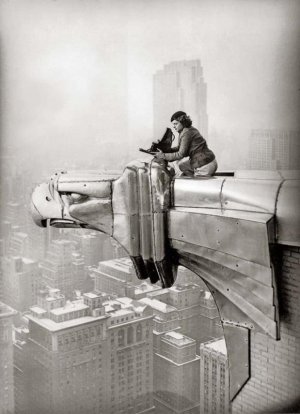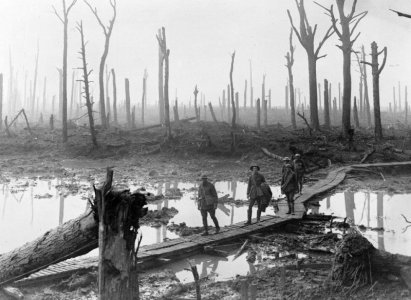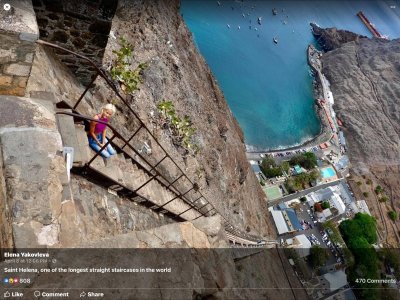In case you didn't know the name Volvo comes from the Latin verb volvere meaning "to roll". Volvo is the first person singular and literally means "I roll".14 April 1927 – The first Volvo car premieres in Gothenburg, Sweden.
In 1924, Assar Gabrielsson, sales manager, and engineer Gustav Larson, the two Volvo founders, decided to start construction of a Swedish car. They intended to build cars that could withstand the rigours of the country's rough roads and cold temperatures. AB Volvo began activities on 10 August 1926. After one year of preparations involving the production of ten prototypes, the firm was ready to commence the car-manufacturing business within the group. The Volvo Group itself considers it started in 1927, when the first car, a Volvo OV 4, rolled off the production line at the factory in Hisingen, Gothenburg. Only 280 cars were built that year.
The first Volvo car, a Volvo OV 4, left the assembly line on 14 April 1927.

The brand name Volvo was originally registered as a Trademark by the Swedish ball bearing company SKF - originally Svenska KullagerFabriken which is Swedish Ball Bearing Factory in English in May 1911 to be used for a series of new ball bearings. The idea was short lived and SKF reverted to just using the company initials on all products. Volvo was originally formed as a susidiary to SKF in 1915 but regard 1924 as the founding of the present company
Last edited:


